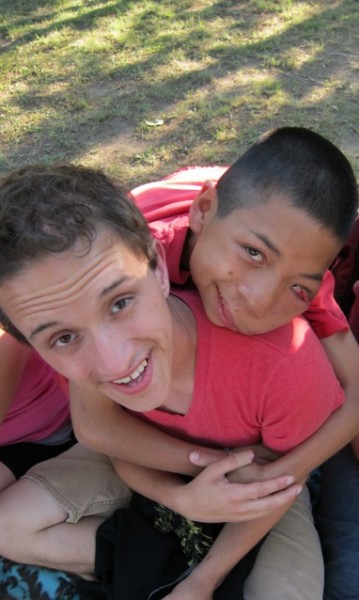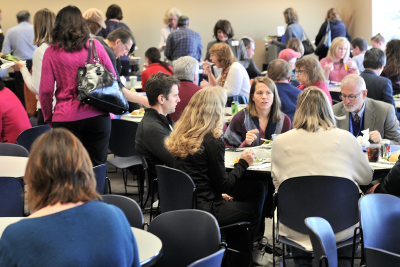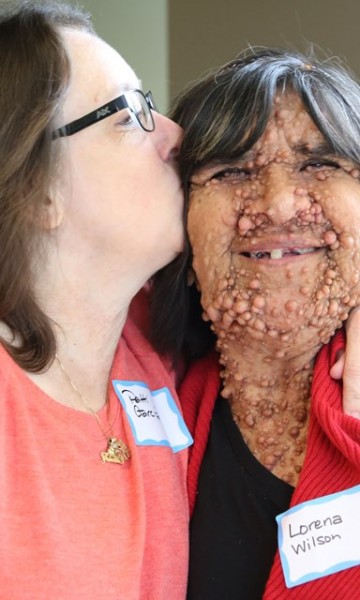

Neurofibromatosis Midwest
Clinics, Awareness, Research, Education & Support
-
What We Do

“Mom found NF Midwest, she calls them our life ring and for good reason, they saved us in more ways than they or anyone else could imagine. We were no longer alone. They sent us information, talked to us gave us a breath when everyone else seemed to have taken it away. Trust me when I say my NF is much easier with them in my corner. ”
-Myshell -
Get Involved

“..we reminded ourselves to not get overwhelmed by the info and just to take it all in stride as much as we can. I think when it’s all new to you, it all sounds so scary. Which is why it was so nice to meet other families with happy kids and adults with NF. ”
-Sue -
Learn

“I received both of your packets in the mail yesterday and I wanted to say THANK YOU! The NF packet provided me with so much information I cannot thank you enough. When we got his diagnosis in November we had never even heard of NF so this has all been a bit of a whirlwind for us. Thank you for providing me with the tools to pass along to his teacher and my family! ”
-Jessica -
Events

“{The Walk} was more like a party, than I walk. Enjoyed it so much!” – Kate
-
News/Blog

“Thanks for giving me information to guide me in the right direction. I can do this because you have given me the tools to get started. Other websites send me in circles leaving me with more questions than I began with. So once again THANK YOU FOR CARING.” – S.E. Age 29
-
Support









.png)





